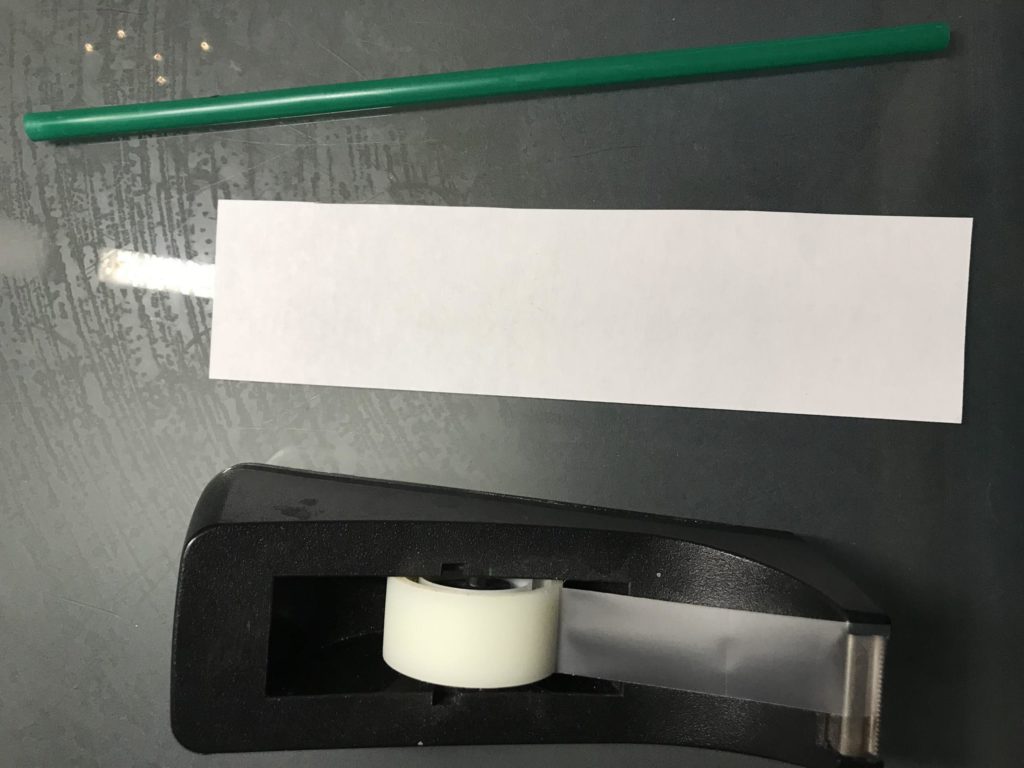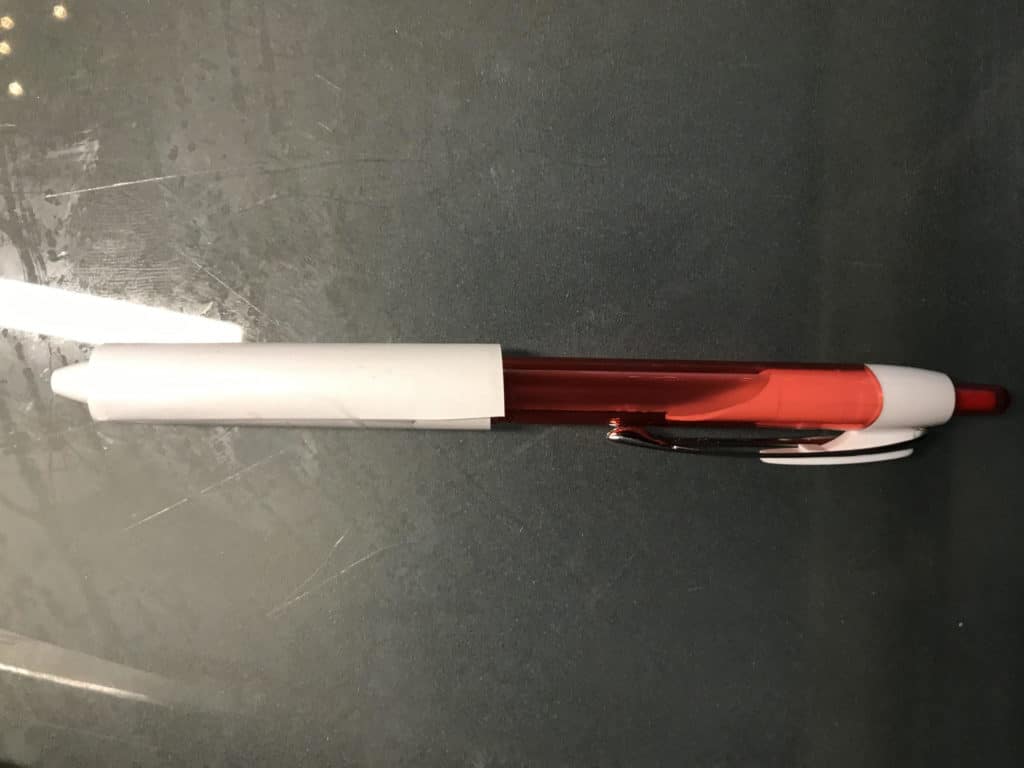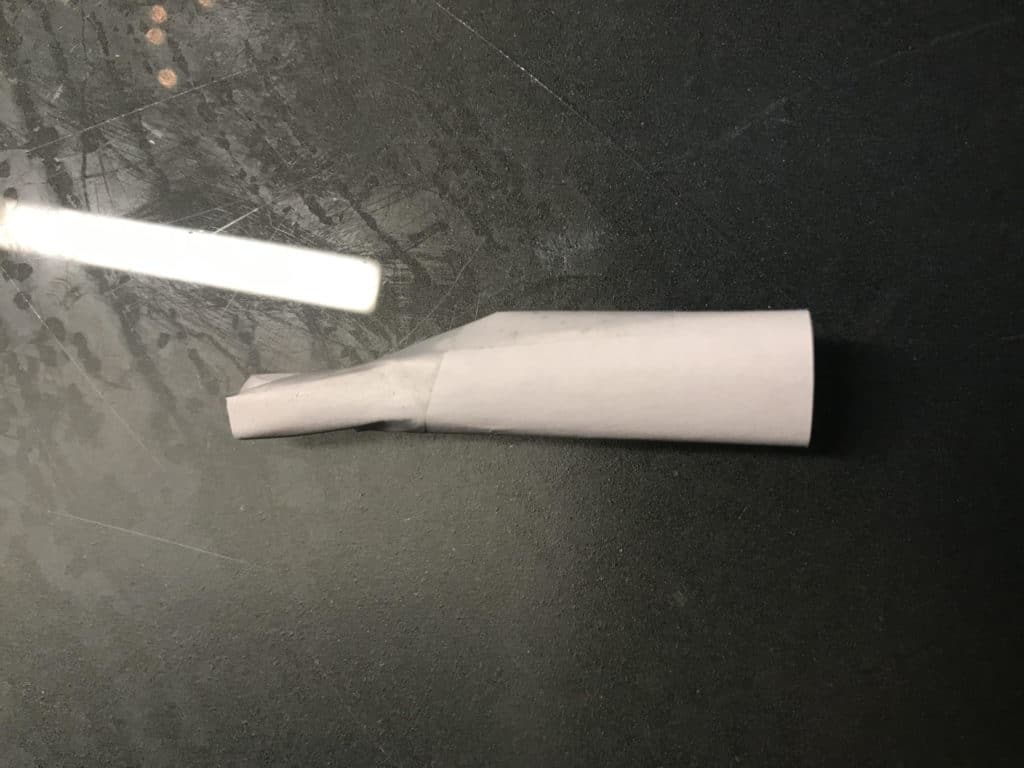Energy is necessary for flight, but how do scientists know how much is enough? You can make your own rocket to test different methods of liftoff!
*This activity requires adult supervision




What You’ll Need to Make Straw Rockets
- Plastic straws
- Printer paper or similar quality paper
- Scissors
- Tape
- OPTIONAL: crayons/markers
Directions
- Using scissors, cut a thin strip of paper roughly 2 inches wide.
- Wrap the paper into a cylinder shape (TIP: use a pencil or another plastic straw to help the paper keep its shape).
- Tape the paper at the seam to secure it.
- Take one end of the paper and fold it into a triangle shape. Tape down to secure the “nose” of the rocket (it’s ok if it’s not a perfect point!).
- Cut 2 triangles from your leftover paper and tape them to the bottom of your rocket, parallel from each other. This is the rockets tail and will help it glide in the air easier (TIP: make sure the bottom of your rocket has an opening big enough for your straw to fit into).
- OPTIONAL: using crayons or markers, make a design on your rocket.
- Once you’re satisfied with your rocket, place it on your plastic straw and blow through the other end
Observe:
So, what’s really happening? When you blow into the straw, you’re releasing hot air, which naturally wants to rise into the atmosphere. Because the air is being pushed through a narrow space in the straw, it launches the rocket into the air for a briefly—however, your rocket can’t create energy to keep itself in the air like a real rocket or animals like birds and insects can. Because it doesn’t have its own energy to keep it airborne, and because of Earth’s gravity, your rocket falls to the ground.
However, there’s also something else going on—although the air you blew into the straw is pushing your rocket up and away, there’s also air pushing against your rocket the minute it leaves your straw. This is called drag or air resistance, and it’s a real issue scientists and pilots face when trying to fly.
For the best results of this experiment, try making a few different rockets—try different shapes and sizes. Which one “flies” the longest?


